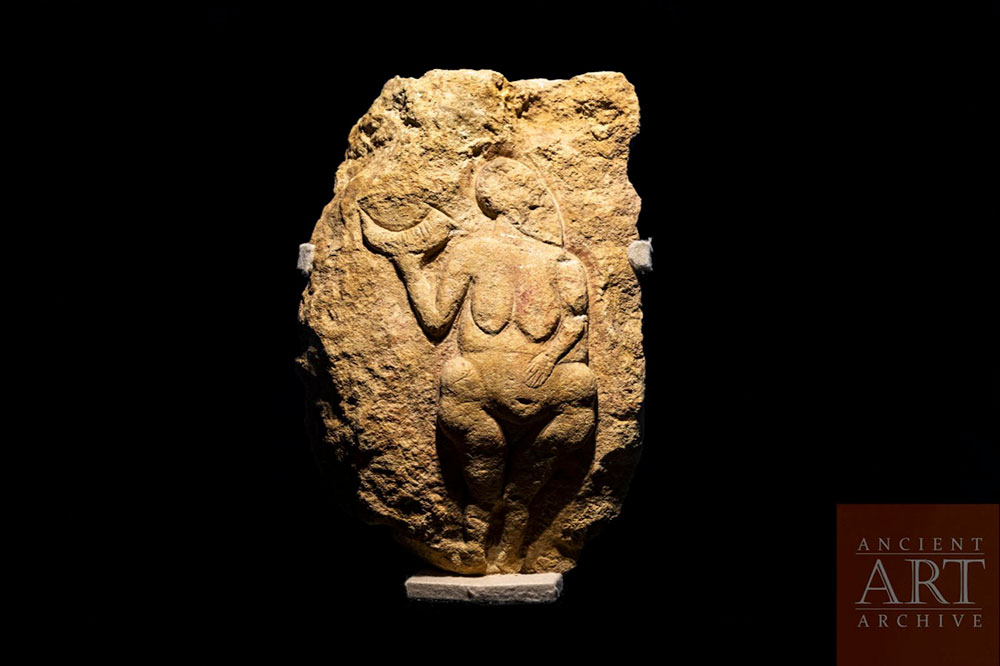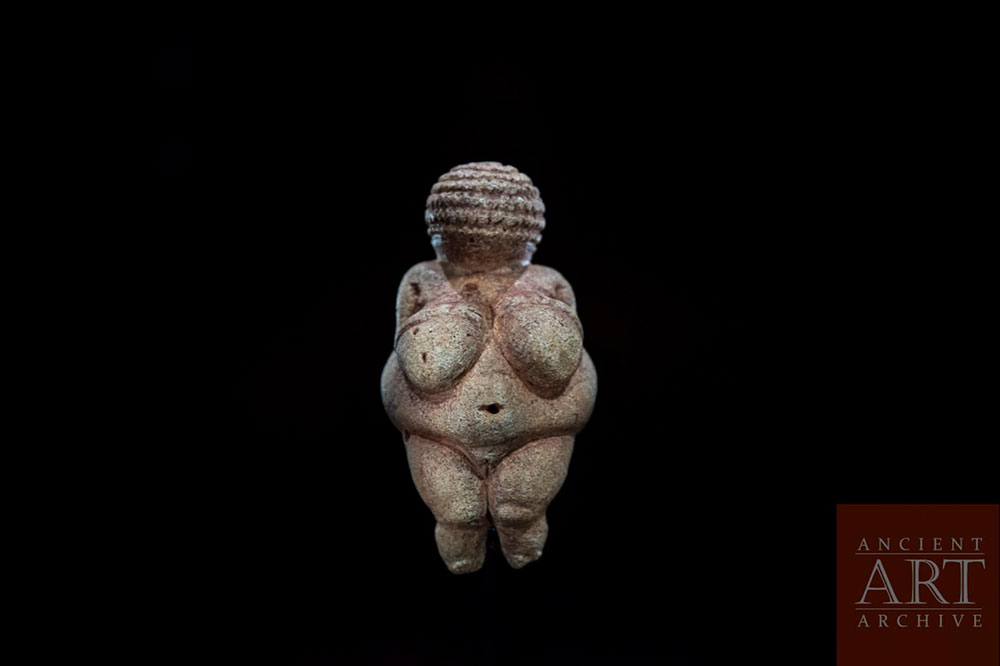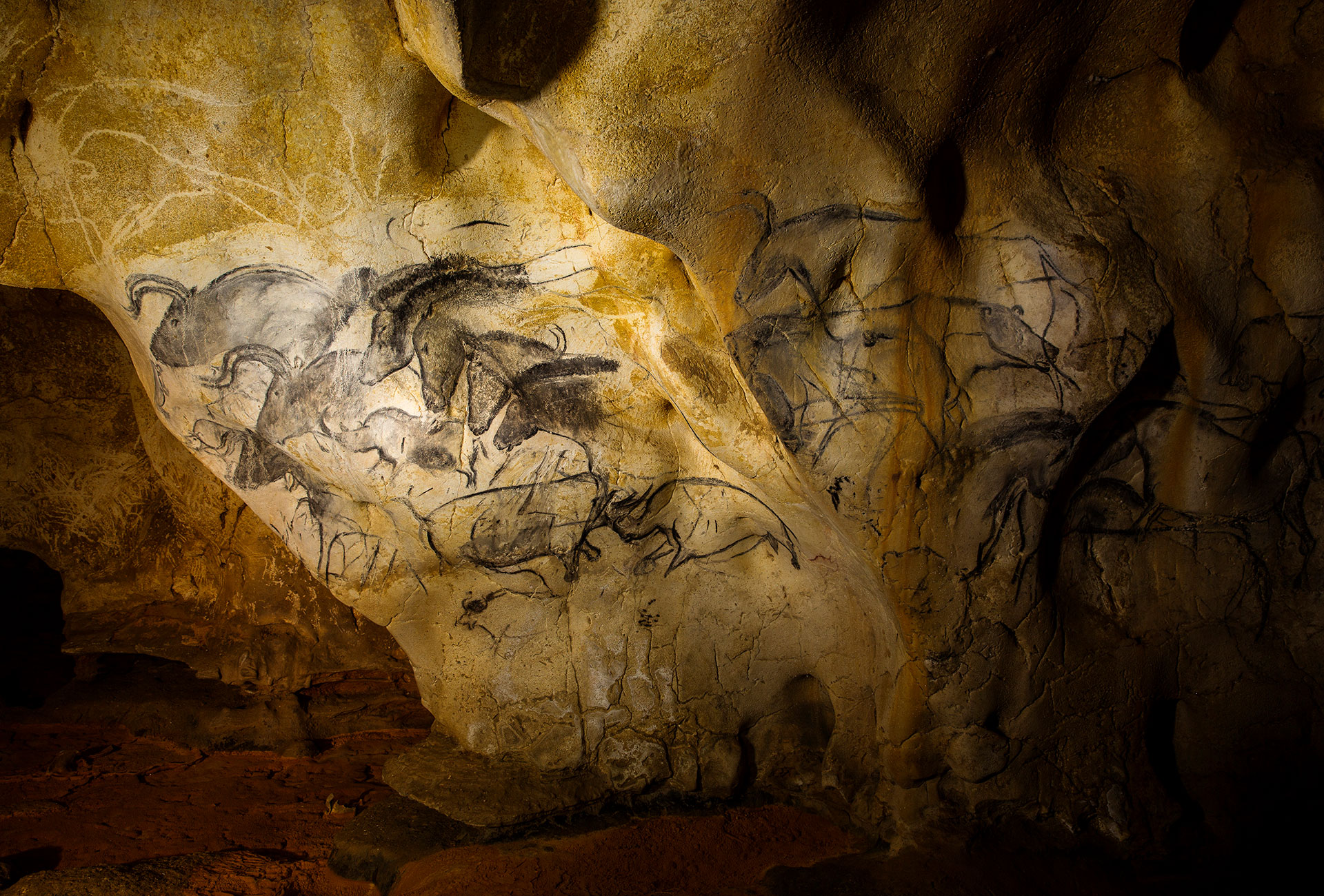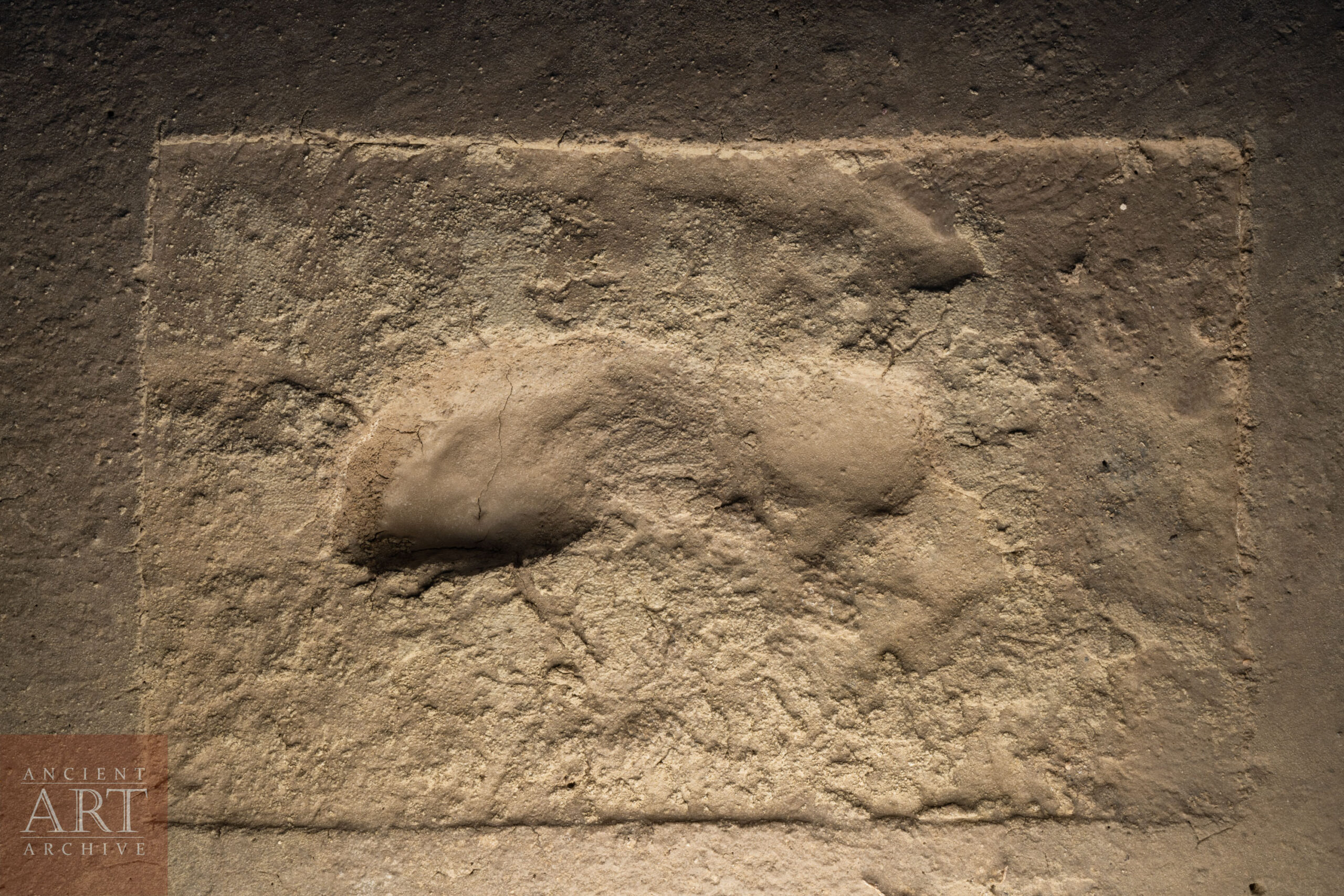The 11cm tall Venus of Willendorf on display in the Museum of Natural History, Austria
A paper published in Scientific Reports (here) sheds new light on the origin of a statue known as the Venus of Willendorf. This 30,000 year old, 11 cm high statue is one of the earliest human figurines known. The statue was uncovered by workmen in the village of Willendorf Lower Austria in 1908. The statue is now on display at the Vienna Museum of Natural History. For information on visiting please see our public sites map.
Using a technique called micro computed tomography, a team of anthropologists, geologists and historians determined that the limestone the statue is carved from originated in Norther Italy. This finding shows the existence of long distance travel and perhaps trade among European populations before the last glacial maximum. This certainly points to much more socially complex societies 30,000 years ago than most of us would assume.
The Venus of Willendorf is one of the so called Venus figures found in Eurasia. Most date from the Gravettian period (26,000-21,000 BP) but there are examples from as far back as the Aurignacian (35,000 BP) through the Magdalenian.

For those who don’t want to dive into the original paper, Phys.org has a good discussion as does Art News.







